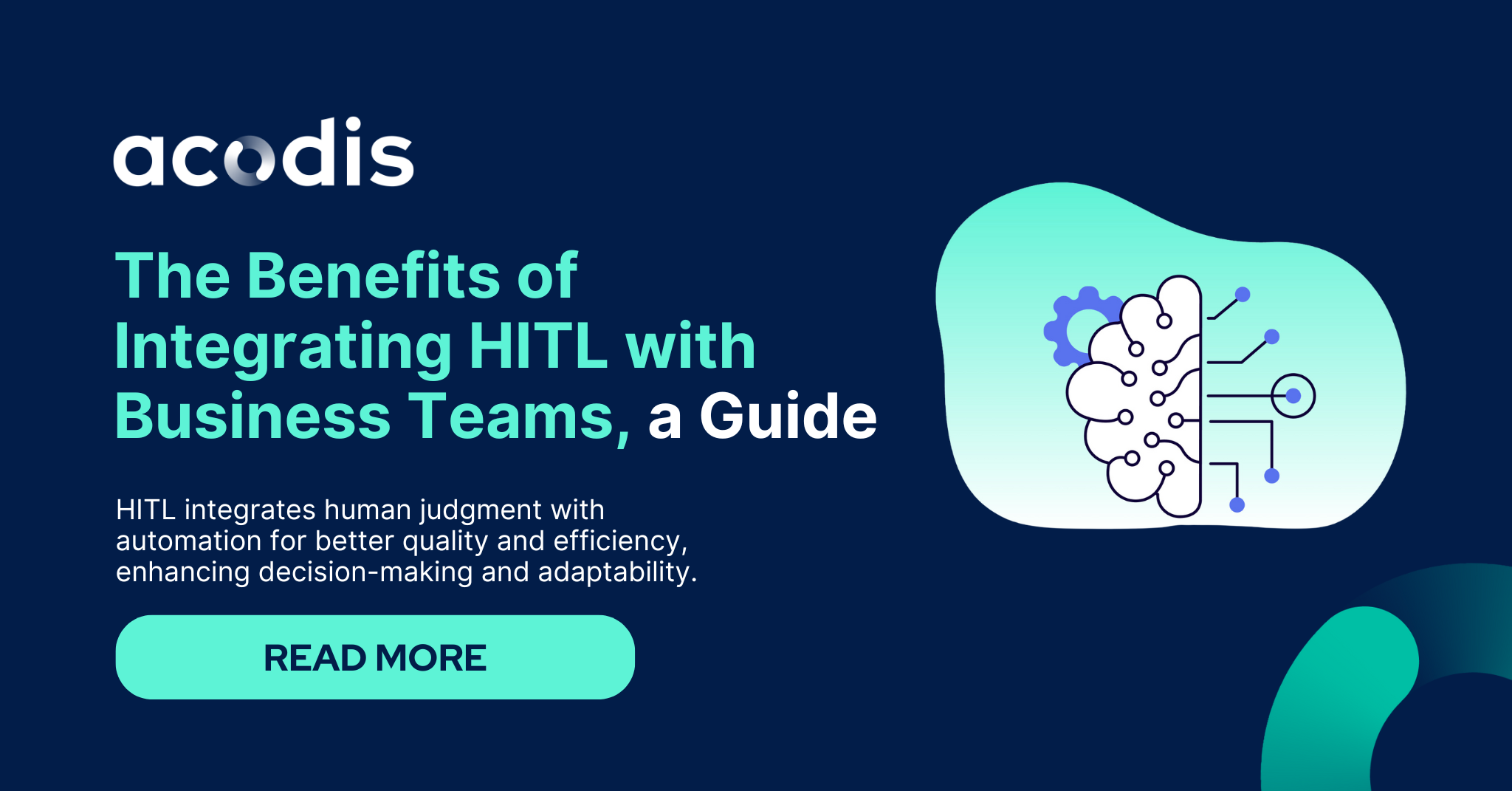Unstructured data is potentially the most valuable and insightful type of data, but it's also harder to decipher.
Unstructured data contains the potential to provide fundamental insights into customer thoughts and behaviour.
Interpreting this data and translating it into usable information can significantly improve a company's ability to strategise and improve.
Table of Content:
- Unstructured Data Definition
- Most Common Types of Unstructured Data
- How Unstructured Data is Stored and Analyzed
- Informational Differences Between Structured and Unstructured Data
- Pros & Cons: Structured vs Unstructured Data
- What is Semi-structured Data?
Unstructured Data Definition
Unstructured data, defined, is information that either doesn't have a pre-defined model/purpose or is not already stored in a structured database format.
Video: Structured vs. Unstructured Data
Explained in 2 Minutes
Most Common Types of Unstructured Data Include:
- Reports
- Survey results
- Transcriptions
- E-mail messages
- Visual/audio media
- Paper documents (e.g., receipts or comment cards)
How Unstructured Data Is Stored and Analyzed
Storing and analysing unstructured data is difficult because this type of data cannot be organised and stored in the same manner as structured data. While working with unstructured data, you are required to manage and analyse the information manually.
Structured data, as a whole, is easy to read and often visually appealing (i.e. charts, tables, etc.). On the other hand, unstructured data is often stored in its original format (like a Word document), which is less streamlined.
When companies store structured data, they typically utilise a data warehouse - while unstructured data goes into a cluttered storage lake. In other words, a storage lake is essentially a giant database where all of your data is stored before it’s cleaned and moved.
Informational Differences Between Structured and Unstructured Data
Unstructured data often includes opinions and critiques from customers or clients, feedback about business processes, or detailed information about efficiency and expenditures. Unstructured data focuses on the quality of a topic (i.e. customer service, product durability, or service). Ultimately, this type of data requires expertise to interpret and analyse.
Structured data is more precise, categorised, quantitative, and focuses on numerical measurements, percentages, and totals. Therefore, it is easier to understand.
One reason that unstructured data is complicated to understand is that there is no predefined model. Therefore the presentation of the information often needs to be reconsidered and analysed. In other words, typically, one converts unstructured data into structured data before starting an analysis.
Pros and Cons of Structured vs Unstructured Data
At first glance, structured data might seem to be a clear winner. However, there are some significant drawbacks to using only structured data. The biggest drawback is that this data format has limits. The predefined structure limits how usable the information is.
Structured data is easy to use, and anyone can read and understand structured data. This type of information is overall excellent for presentations, sales, and planning.
On the other hand, unstructured data can be a time-waster for employees.
For example, many businesses receive many orders and invoices daily, and the information on this information is likely unstructured. To manually turn that information into structured data, employees have to copy/paste or retype the information into their accounting system before the rest of the purchase process can proceed forward.
An automated system allows companies to bypass the copy/paste to streamline processes.
What is Semi-structured Data?
Furthermore, there's a third type of data, called semi-structured. This type of data is - you've guessed right - a combination of unstructured and structured data. More specifically, it’s unstructured data that includes identifying metadata.
To take away from this, exploiting all forms of data enables an organisation to develop a more in-depth perspective of their organisation, services, and clients' needs.



